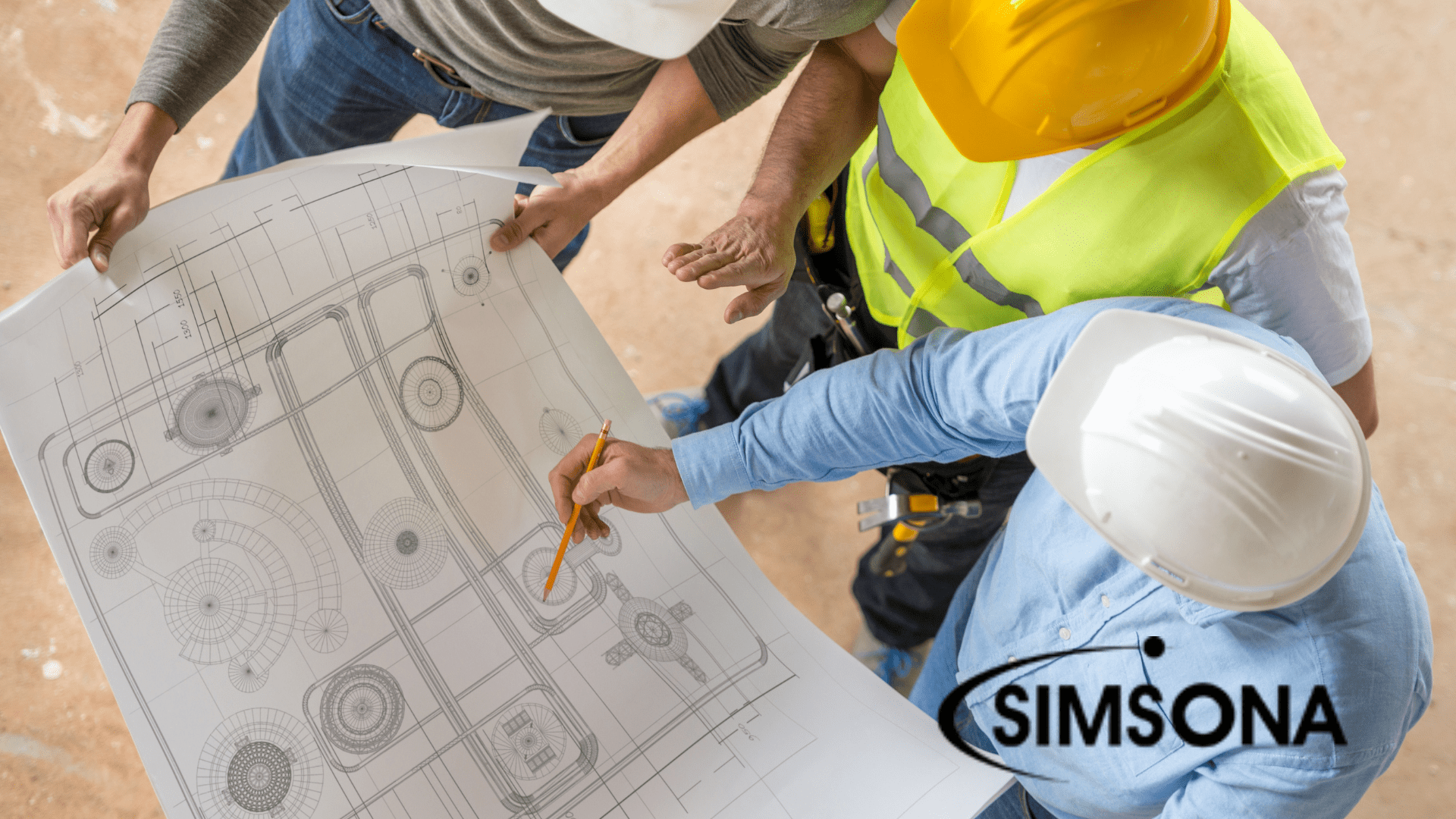What’s the Difference Between Shop Drawings vs Construction Drawings vs As-Built Drawings
Among the many types of drawings, construction drawings, shop drawings, and as-built drawings are three of the most important. In the construction industry, these drawings are the language that connects architects, engineers, contractors, and fabricators.
At first glance they may look similar, but each serves a unique purpose in the project lifecycle. Understanding the difference between the drawings helps in ensuring smoother workflows, fewer errors, and more successful project outcomes.
Construction Drawings
Construction drawings are the initial set of drawings that provides the overall framework of what is to be built. The drawings prepared by architects and engineers communicate the design intent of a project. It includes plans, elevations, sections, and details that describe dimensions, materials, layouts, and codes.
Key Features of Construction Drawings:
- Construction drawings act as a contract document between the client, architect, and contractor.
- Construction drawings give a broad view of the project design in terms of layout and specifications.
- Construction drawings involve architectural, structural, MEP (mechanical, electrical, plumbing), and civil details.
Shop Drawings
In comparison to shop drawings, construction drawings are more detailed and specialized. The shop drawings are prepared by fabricators, manufacturers, or subcontractors to illustrate how specific building components will be manufactured, fabricated, and installed. Shop drawings are created after construction drawings but before actual fabrication or installation.
Key Features of Shop Drawings:
- Shop drawings provide detailed dimensions, fabrication details, and material specifications for each individual component.
- Shop drawings focus on “how to build” rather than “what to build.”
- Shop drawings include information not shown in construction drawings, such as connection details, joint methods, and installation procedures.
- Shop drawings are used mainly by fabricators, suppliers, and contractors.
As-Built Drawings
After the construction of the project, as-built drawings are completed. It includes all changes, deviations, or modifications made during the construction. Construction drawings are the final document of the project.
In the real world, site conditions often differ from design assumptions. Therefore, as- built drawings capture that reality of what has been constructed.
Key Features of As-Built Drawings:
- Construction drawings are the “final version” of the project.
- Construction drawings show all modifications from the original construction drawings (e.g., changes in dimensions, relocated services, or revised layouts).
- Construction drawings are essential for facility management, future renovations, and maintenance
- Construction drawings often handed over to the client or building owner as part of project closeout.
| Construction Drawings | Shop Drawings | As-Built Drawings | |
| Prepared By | Architects & Engineers | Fabricators, Manufacturers, Subcontractors | Contractors or Project Team after completion |
| Purpose | Communicate design intent | Provide fabrication & installation details | Document the final built condition |
| Stage of Use | Before construction begins | During construction/fabrication | After construction completion |
| Content | Overall design, dimensions, layouts, materials | Detailed component specifications, joints, fabrication methods | Modified layouts, dimensions, and deviations from design |
| Users | Contractors, consultants, permitting authorities | Fabricators, site teams, subcontractors | Clients, facility managers, future engineers |
Why the Distinction Matters
Confusion or mismanagement between these drawings lead to delays, cost overruns, and errors. Each drawing has its own role
- Construction drawings set the vision.
- Shop drawings ensure accurate execution.
- As-built drawings preserve the project record for the future.
Together, they form a complete cycle of documentation—from design intent to execution to the final built reality. Proper coordination between these drawings ensures that what is constructed matches the design intent, is fabricated with precision, and is documented for long-term use.


